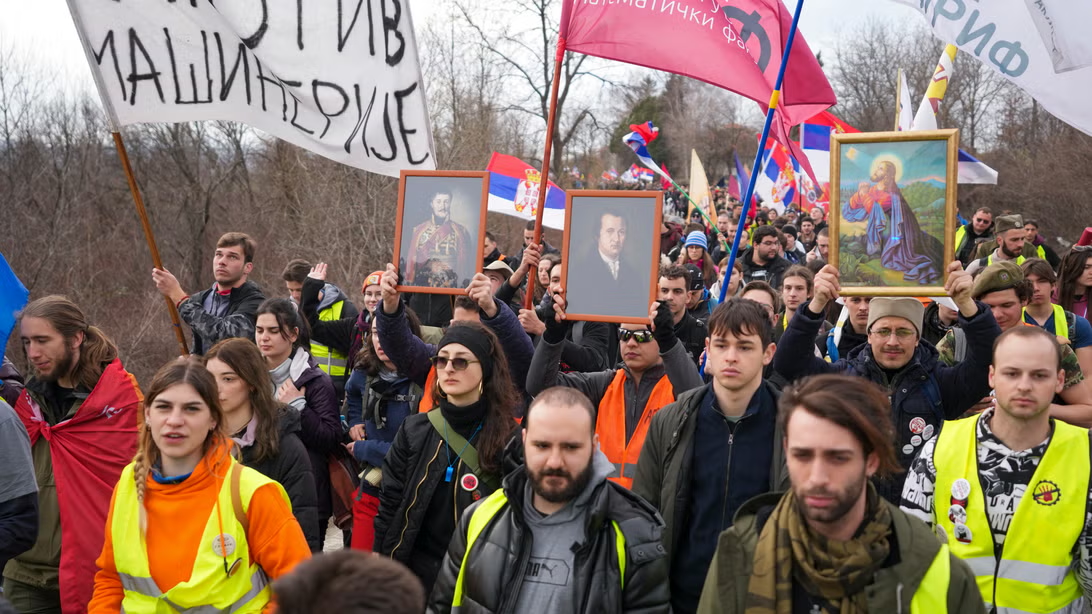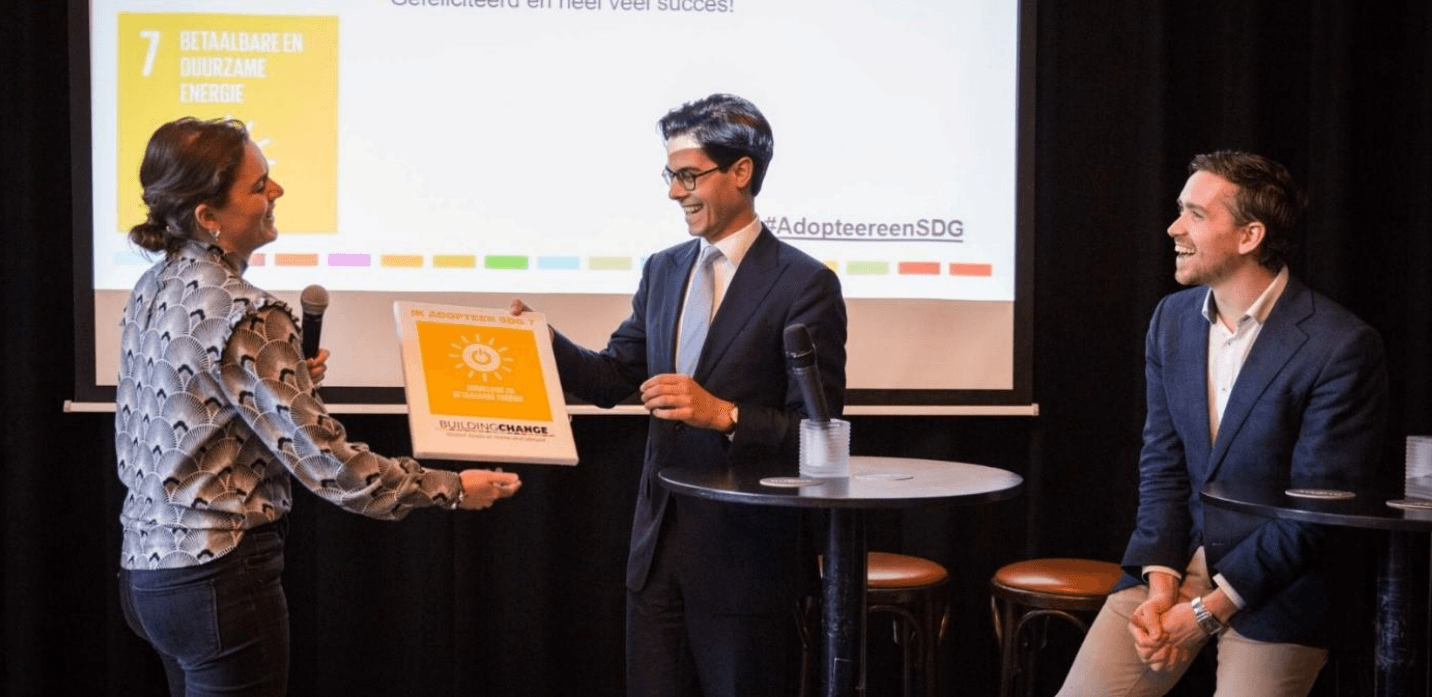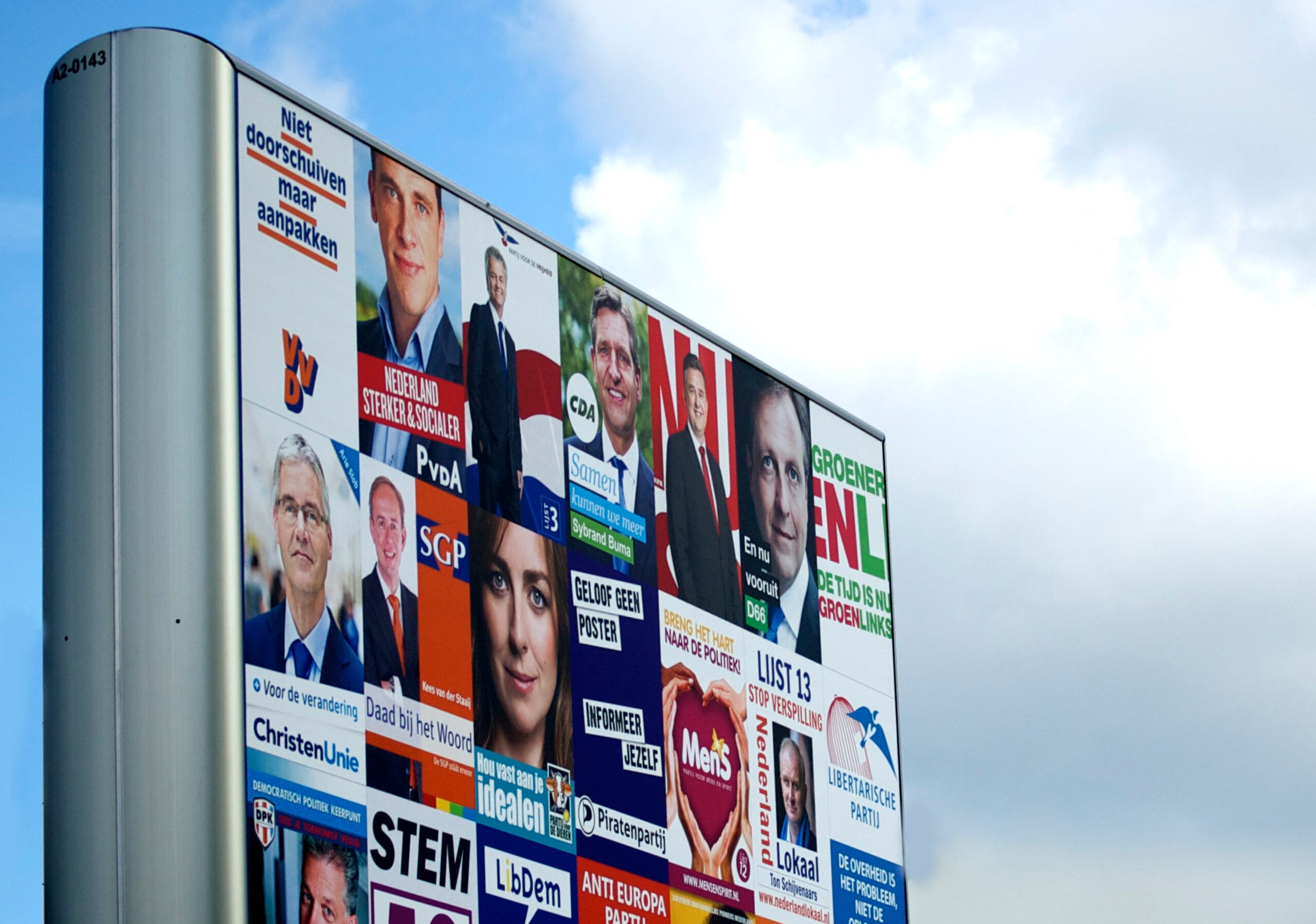Source: Tasnim
The FMS, in collaboration with International Foundation GroenLinks, has started a series on the Serbian anti-corruption protests. During this series, we will highlight different sides of the protests, starting with the students' perspective. Marija, a 23-year-old Serbian student, usually studies at her university. But now, like many others, she is helping to organise and mobilise student protests across Serbia. Speaking from her own perspective, not as a representative of an organisation, she shares her experiences in these turbulent times.
A country in shock: Tree-top collapse and nasleep
On 1 November, tragedy struck Novi Sad when a train station canopy collapsed, killing several people. Many believed the disaster was caused by construction corruption. Shock and grief soon turned to outrage, leading to protests demanding accountability. However, many protesters were arrested and some are still in detention.
The situation escalated further on 29 November when students from the Faculty of Dramatic Arts organised a protest, sparking a nationwide movement. Students across Serbia started blocking universities and took to the streets. During a demonstration, they held a 15-minute moment of silence for the victims, after which they were attacked by counter-demonstrators. This violence spurred further mobilisation, leading more universities to join the movement. Marija explained the four main demands they made: full transparency on the construction of the train station, the dismissal of charges against arrested protesters, prosecution of those who attacked protesters and an increase of 20% of the higher education budget, which is currently less than 1% of national funding.
From student protest to national mobilisation
Despite its size, the movement remains independent of political parties and NGOs, highlighting its grassroots nature. What began as a student-led protest has turned into a wider uprising, with universities and public schools completely blocked and a strong network of students coordinating actions. One of the most striking moments for Marija was a 120-kilometre protest march from Belgrade to Kragujevac that lasted four days, with villages along the march showing their support by giving food and support.
Marija goes on to talk about her past week, which was filled with widespread protests with enormous symbolism. On 15 February, a bank holiday celebrating Serbia's first constitution, large demonstrations were planned, marking a historic moment for protesters and honouring the country's cultural history. Support also grew outside students. On 20 February, protests were organised for and by bus drivers, professors and employees of the state electricity company. Farmers and bus drivers demonstrated against poor working conditions related to government corruption, while teachers boycotted their jobs to support the movement.
While not necessarily "successful", the protests have attracted a lot of attention compared to similar protests in the past. Marija explains: "After 13 years of political stagnation, this tragedy and the protests have awakened a disillusioned public. The movement's greatest strength lies in its refusal to join political parties, uniting people who might otherwise have remained passive. Generational differences play a crucial role. Younger protesters, who have only known the reign of the current president, are not weighed down by past disappointments. Older generations, once resigned to passivity, are now re-engaging and providing expertise and support to the student movement." The scale of coordination and mobilisation has surprised even the participants themselves. What started in the big cities has spread to the villages, with public opinion supporting the protesters' demands.
"We will continue to march, strike and occupy, refusing to back down until real change is achieved!"
Government response: Silence, denial and distraction
The government was initially silent on the canopy collapse and gave no immediate response. As outrage grew, officials switched to dismissal and intimidation, threatening those who joined the protests. They only vaguely acknowledged the tragedy, promised to "look into it" but took no significant action. Only after three universities were completely blocked did the authorities begin to react.
As more information surfaced, the extent of the corruption became clear. The reconstruction of the canopy, originally estimated at 4 million euros, ended up costing 16 million. Initially, little information was released, but mounting pressure forced the government to disclose some details. Instead of taking responsibility, officials tried to spin the story by portraying the student protests as politically motivated and influenced by EU ideologies. This tactic tried to divert attention from corruption and frame the crisis as a party issue. Marija explained that students in her area were publicly vilified by the government as pro-European, putting these students at risk and completely changing the narrative.
Hearings were held for "accountability" but proved ineffective. The Construction Minister, who was considered the most responsible, was actually in the country during the reconstruction process but left shortly after the hearings. He shifted the blame to his subordinates without really taking responsibility. According to Marija, the government's response was a mere show-off. The authorities continue to play down the protests while failing to address the root causes of the crisis.
Opposition, the EU and a precarious balance
Opposition parties have largely withdrawn, respecting the student movement's demand to remain apolitical. While many politicians support the protests as individuals, they do not interfere organisationally. Marija recognises the values of movements like the Green Youth of Serbia, but remains critical of the wider opposition, which is struggling to fight the dominance of the ruling party.
In addition, the role of the European Union is minimal, as the Serbian government largely ignores it. Public trust in the EU is also complicated. The Serbian government tries to balance diplomatic relations with both Russia and the EU, and many citizens oppose EU membership, mainly because of historical grievances against NATO. There is also scepticism that joining the EU would put an end to corruption, as they turn a blind eye to growing right-wing extremism and corruption in neighbouring EU countries such as Romania. However, when institutions within the EU raise awareness about the situation in relation to students, it significantly helps the movement to draw more attention to government corruption. "Currently, students are drafting an open letter to the EU to express their nuanced attitude towards the institution. While recognising the need to make students aware of the EU's role, they also recognise the potential risks of diplomatic aid and remain cautious in seeking support," Marija stresses.
If EU bodies amplify students' voices, it helps to raise awareness, but direct pressure from the EU could backfire. Serbian state media and intelligence agencies have already portrayed the protesters as "EU agents". Some students have even been victims of "doxxing", where their passports have been leaked to portray them as dangerous pro-European activists. This has made the movement more cautious in its dealings with external actors.
What comes next?
For students, farmers, professors and workers, the goal is simple: a government that governs for the people, not for personal gain. They are not calling for revolution, only for transparency and accountability. Despite the different demands, all protesters share the same conviction: Serbian institutions must serve the people again. Marija exclaims: "We have come with realistic demands, which must be met. Until that happens, we will continue to march, strike and occupy, refusing to back down until real change is achieved."





